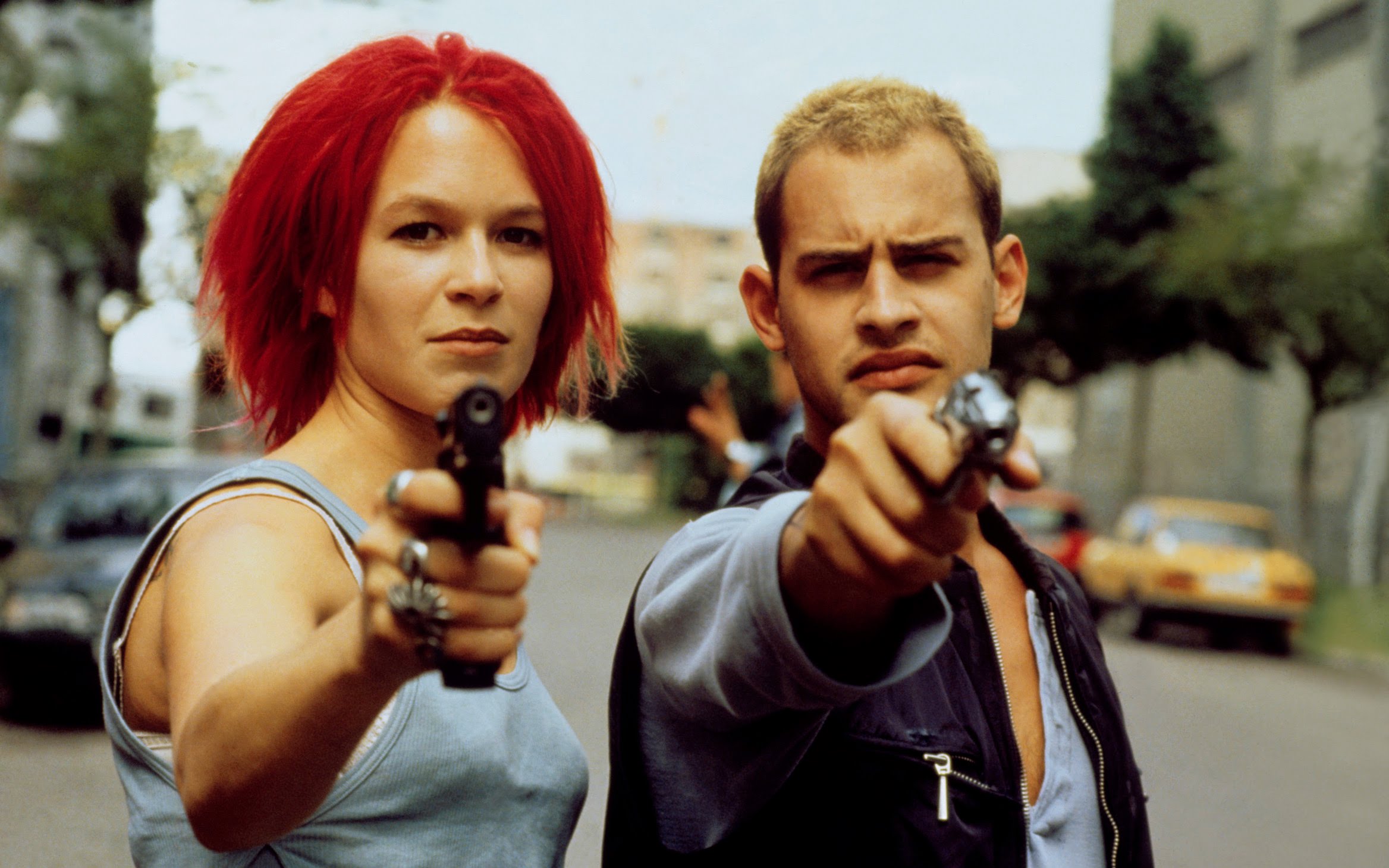
Cinema is an expressive and suggestive form of art, one that will never run out of stories to tell thanks to the vast experiences of humankind. And sometimes the inspiration for a movie comes from science and its breakthroughs. The Butterfly Effect Theory is one of these themes.
Simply put, the butterfly effect theory is about small causes that have large effects. It is the essential idea of chaos theory and the circumstance discovered by meteorologist Edward Lorenz in the early 1960s.
Lorenz was fascinated by the weather and determining its predictability. One day, while re-running a sequence of his data through a (very slow) computer, he decided to round the numbers so that it halves the processing time.
What occurred next was totally unpredictable: what he thought would be a slight change in the result, ended up being completely different; the tiny changes in the initial conditions resulted in vast differences in the final outcome.
Further studies and experiments demonstrated that the flap of a butterfly’s wings in Brazil could set off a tornado in Texas, let’s say, even two years later. The butterfly effect theory poses both practical and philosophical problems, but does not solve them because the human limitations make it impossible to determine certain events.
What this means is that we will never know for sure if Texas’ tornado is dependent on the flapping wings of a butterfly from 5000 miles away, two years ago. All we know is that a butterfly causing a tornado in these given circumstances is possible.
Back to cinema, the 2004 movie The Butterfly Effect is largely responsible for transforming this scientific term into a pop culture catch phrase. But you might notice that the film is not featured in this list.
The reason is that the Ashton Kutcher-starring-drama actually fails to accurately describe the butterfly effect theory. Instead of playing on chaos and unpredictability until the end, it solves the problem by calculating the odds – which actually overturns the meaning.
The most common way of portraying the butterfly effect in cinema has been by using parallel realities that occurred from a single event’s outcome. More than half of the movies on this list have constructed their narrative this way, and the idea has its roots in Kieslowski’s Blind Chance.
1. Blind Chance (Krzysztof Kieslowski, 1981/1987)
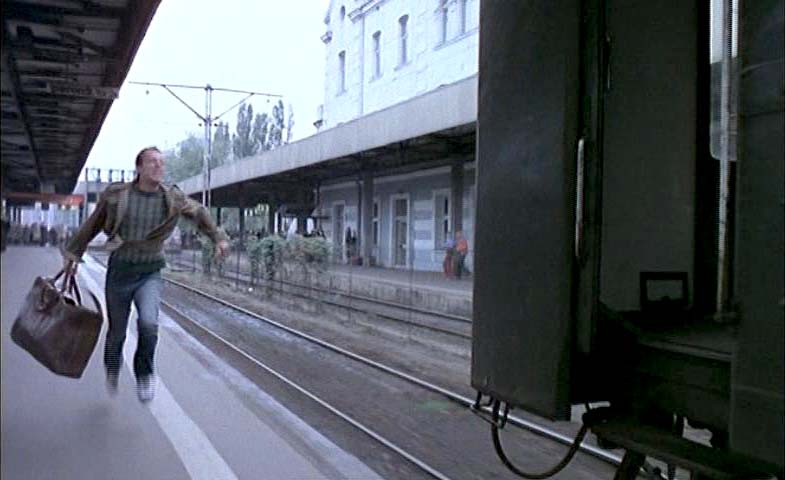
To say Krzysztof Kieslowski was a great director would be an understatement. He was one of the greatest and one of the most influential filmmakers of all time. His vision lies on discovery rather than telling the audiences what’s going on and his characters are real, powerful and true.
Take Witek (Boguslaw Linda) for example. In Blind Chance, he plays a student that impulsively decides to go to Warsaw. Running after the train, what will happen? We are successively presented three variations of this incident showing us how a seemingly banal moment could deeply affect Witek’s life course.
Unbeknownst to the character, the force behind this event is a man buying a beer. He is the one that decides the butterfly trajectory in this Polish drama. There is another moment in the movie that supports the butterfly effect theory: in a conversation with another character Witek denies destiny and accepts chance as sole motif of him boarding the train or not.
Covering themes like religion and politics from all sides of the spectrum – party supporters, dissidents and apolitical participants – the movie’s main theme is really the Polish society during communism.
Released in 1987 Blind Chance was actually completed in 1981, but suppressed by Polish authorities for six years, partly because one of its exploration points is censorship in communist Poland. A censorship within a censorship; that’s an Inception worthy plot.
But luckily for us, the movie was eventually released and we now get to enjoy it. Peter Howitt enjoyed it so much that he decided to make his own alternate lives movie. And so did Tom Twyker. And from then on it snowballed, half of the titles on this list getting further inspiration from Sliding Doors to Run Lola Run.
2. Sliding Doors (Peter Howit, 1998)
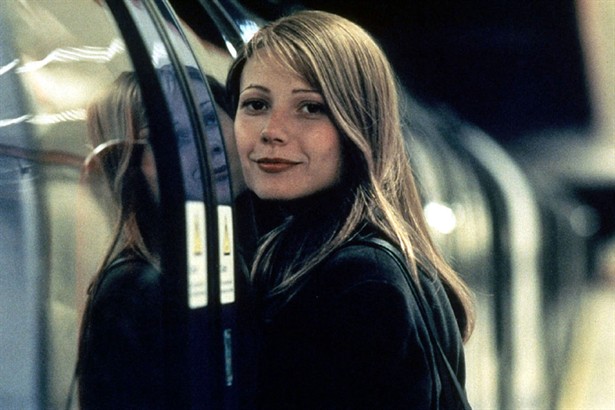
First-time director Peter Howitt (his later portfolio includes Laws of Attraction and Johnny English) really hit home with the rom-com public with Sliding Doors. Inspired by Kieslowski’s Blind Chance, the movie ditches the subtle layers, complex philosophies and political theories in favour of a light-hearted approach fit for all audiences.
Helen (Gwyneth Paltrow) is not having a good morning. She just got fired from her job and is heading back home. Whether she catches the London Tube or not depends solely on the vigilance of a stranger, a mother – we don’t even see her face, but she’s the “butterfly” in the story.
Our heroine is unaware of the fact that both her career and love life are dependent on this single situation. We then witness her both catching the train and missing it, and from then on we see her life unravel both ways, in parallel.
The movie’s quality comes from the great casting, mainly Gwyneth Paltrow’s (Oscar winner, Iron Man salt and Pepper) in the main role, as she does an outstanding job of showing her character(s)’ multiple depths and layers. Starring opposite her are John Hannah as James and John Lynch as Gerry, both doing fantastic jobs as charming and, respectively, as vile characters.
This 1998 UK debut paved the start of a new generation of alternate lives movies. Coincidentally, three of them were also directorial debuts. It’s ironic given that these films are all about the butterfly effect.
3. Run Lola Run (Tom Tykwer, 1998)
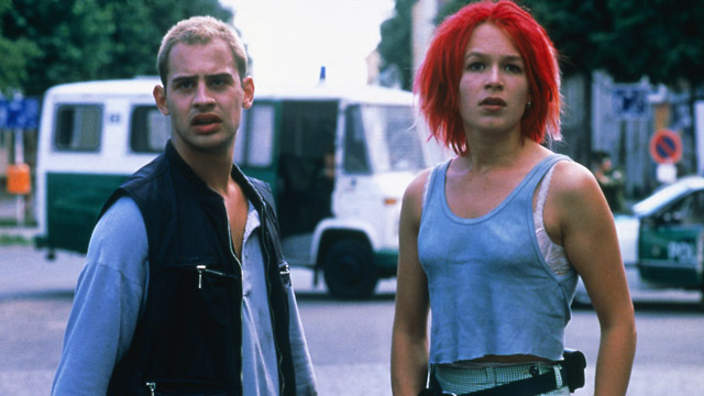
This German cult classic made waves when it was released and it still stands today as one of the most interesting cinematographic experiences. Tom Tykwer is the director, writer and composer (alongside Johnny Klimek and Reinhold Heil) of the movie.
Run Lola Run is one of those stories where the soundtrack plays such an important part, it becomes a character of its own. The movie is rave madness: it’s not only in the music, it’s in the main character’s clothes and bright red hair, in the cinematography, in the editing and even in the location. It is action packed and full of meaning, and it doesn’t forget to slow down just enough to let you get to know the characters.
The film’s tagline is: “Every second of every day you make a choice that can change your life”. And it delves deep into the butterfly effect theory as throughout the movie we are shown the parallel futures of various supportive characters, their respective futures influenced only by the literal passing of Lola, the main character, and based solely on her decisions and experiences. And Lola’s success is also hinging mostly on external factors.
Lola’s boyfriend messed up badly, and she has 20 minutes to get hold of 100,000 Deutschmarks, otherwise he’s done for. And so starts Lola’s fast-paced journey through the streets of Berlin.
After the first 20 minutes are up, the movie restarts and Lola tries again, and again. At this point Run Lola Run shifts into Groundhog Day territory, as with every new restart, Lola seems to have learned from the previous experience and is applying the new knowledge to aid her in her quest.
Lola and Manni are one of the best cinematic couples of the ‘90s. Shout out to the casting team, because Franka Potente and Moritz Bleibtreu have an electric chemistry.
This parallel-reality gem is a thought-provoking crime-drama, a Tykwer quintessential film that is even more chaos infused than Winter Sleepers, his previous feature. Run Lola Run is hot, fast and philosophical and it’s a viewing experience that shouldn’t be missed.
4. Me Myself I (Pip Karmel, 1999)
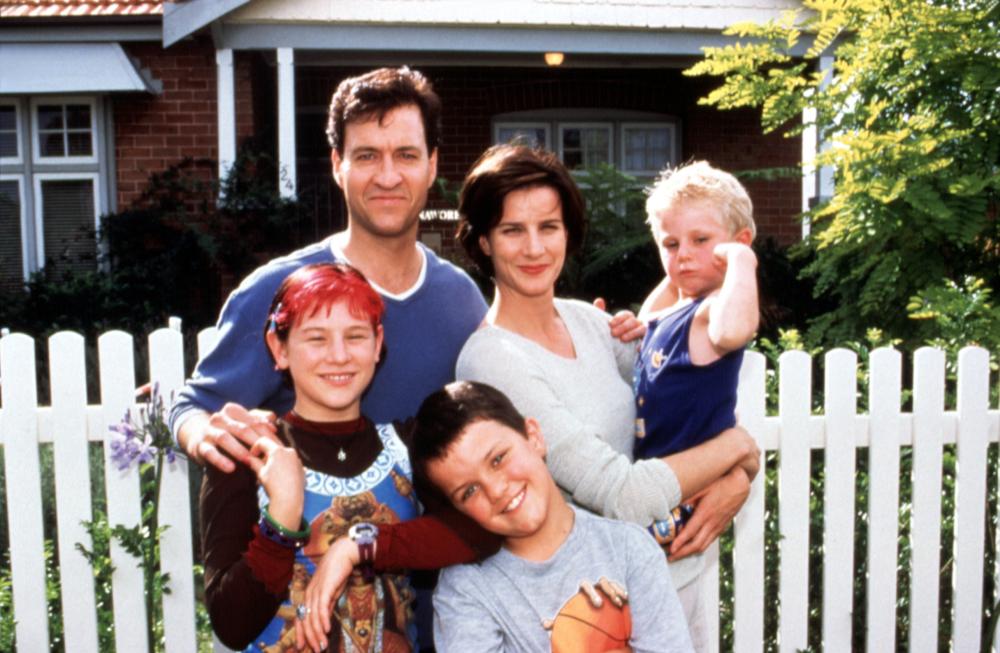
On her birthday, lonely Pamela Drury wonders: would her life had been better had she married Robert Dickson?
In an alternate reality, Pamela Dickson wonders what would have happened had she refused Robert’s proposal.
Then a freak accident takes place and our lonely Pamela finds herself trapped in the alternate reality she was just wishing for: married to Robert Dickson (and mother of three children). What ensues is a rollercoaster of emotions and personal revelations, not only for Pamela, but for all the characters involved.
Me Myself I was written and directed by Pip Karmel. Her 1999 Australian comedy handles magic realism really well, and the casting of über talented Rachel Griffiths as Pamela is spot on as she manages the double role masterfully.
The resemblance with Sliding Doors is noticeable, but Me Myself I creates a reality of its own by using a parallel universe motif to illustrate the what-ifs the movie poses. Dealing with a handful of alternate might-have-beens, the narrative fortifies the butterfly effect theory further by exploring the impact big and tiny events alike can have on our lives.
5. Happenstance (Laurent Fiorde, 2000)
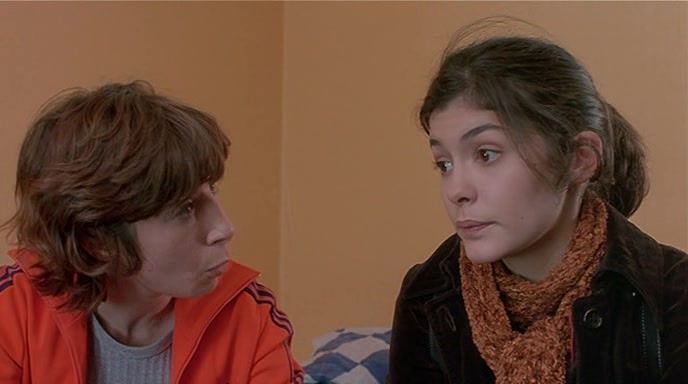
Happenstance, also known as The Beating of the Butterfly’s Wings, is Laurent Fiorde’s first full-length movie and stars the most adorable French actress to date – Audrey Tatou – and raï singer Faudel. The romantic comedy-drama was released in 2000 and is an ode to (as the title suggests) the butterfly effect theory.
The action takes place in Paris within a single day and the narrative presents us multiple character arcs that influence each other (mainly) without being aware of it.
A horoscope read early morning is the centre piece of this French movie that has at its heart themes of chance, chaos and fate. Trivial objects like a lottery ticket, a pebble, or grains of sand, have a big impact on the lives of the characters and aid in their random interactions.
Happenstance is sweet and humorous, but it doesn’t really have a plot. All we get are glimpses of life from a disparate group of Parisians and some of the characters are not even interesting enough to have you root for or even hate. Audrey Tatou’s character, Irène, is no exception, so if you’re hoping to watch another Amélie, better forget about it.
Happenstance is a quintessential butterfly effect movie, a celebration of apparent randomness and chain reactions, of the beauty of every chaotic day.